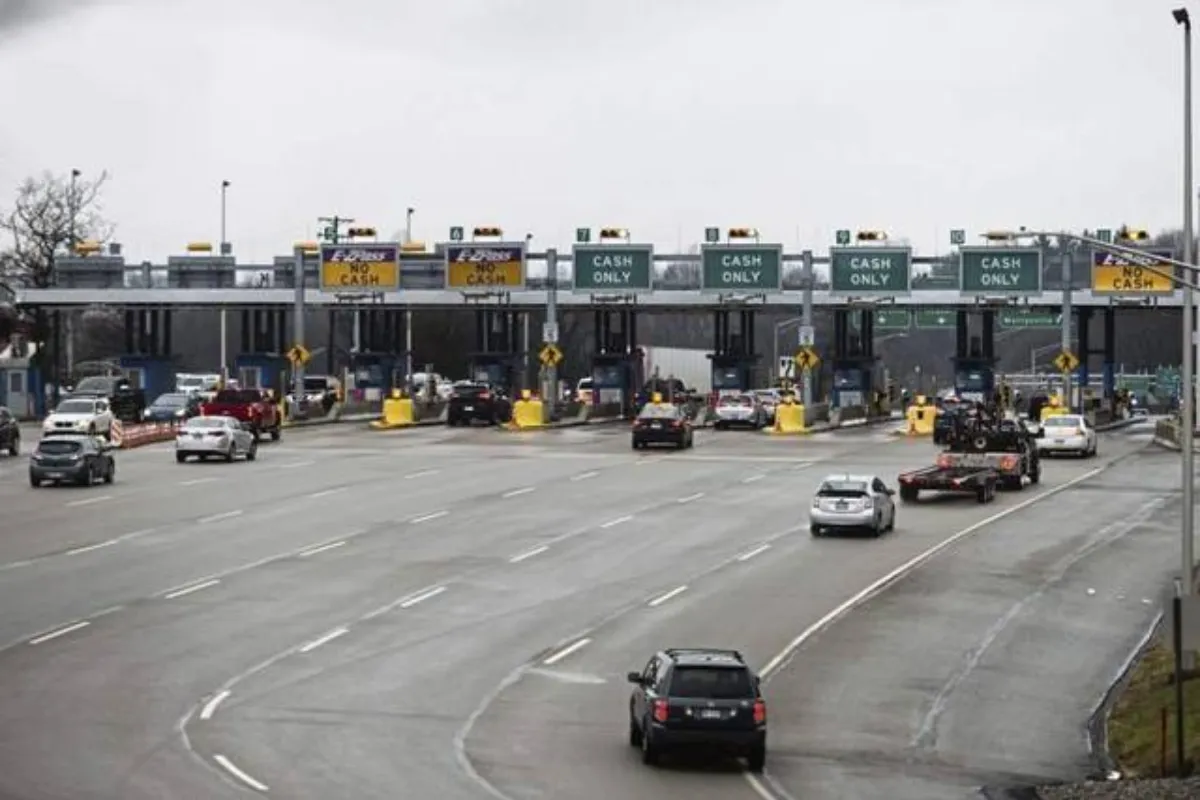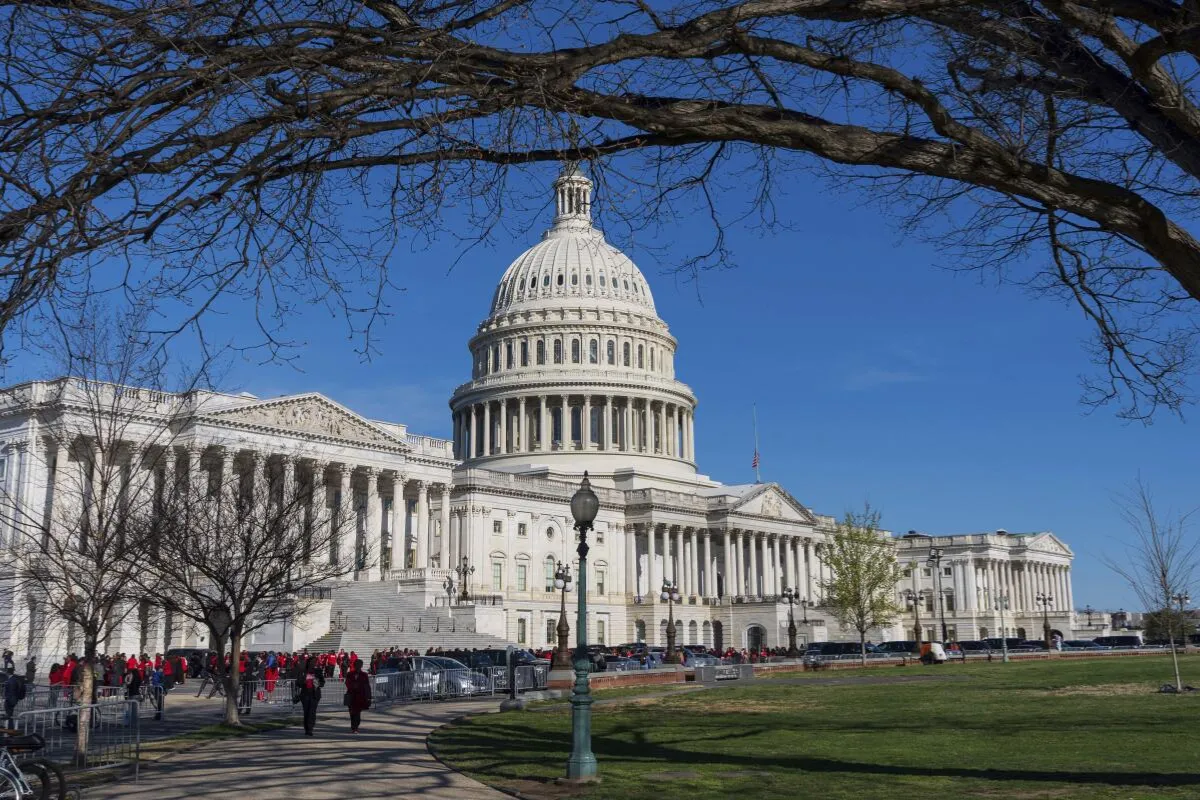The United States is facing a worrying rise in measles cases just two months into 2025, triggering alarm among public health officials. A major outbreak in Texas has caused national case numbers to climb rapidly, with at least 143 confirmed cases already reported—half the total recorded in all of 2024, which ended with 285 cases.
According to the Centers for Disease Control and Prevention (CDC), 93 measles cases had been documented in eight states and cities by early February. Since then, an outbreak in Texas alone has added at least 50 new cases. Another nine cases have come from New Mexico, bringing the total to a minimum of 143.
Health Secretary Robert F. Kennedy Jr., a well-known vaccine skeptic, stated that the Texas outbreak has led to two deaths. One confirmed fatality involved an unvaccinated child. The second death is still under investigation, with no further details confirmed at this time. These are the first measles-related deaths in the U.S. in nearly a decade.
The outbreak is believed to have originated in a Mennonite community with historically low vaccination rates. While Texas’ overall measles vaccination rate is currently at 94.2%, slightly above the national average of 92.7%, both figures fall below the 95% threshold required for herd immunity. This shortfall leaves vulnerable groups—including infants, the elderly, and immunocompromised individuals—at greater risk.
Measles was declared eradicated in the U.S. in 2000, but recent trends suggest the country may be at risk of losing that status again. The 2019 outbreak remains a stark reminder: nearly 1,300 cases were reported that year, the highest in 27 years.
A majority of those infections were linked to unvaccinated communities in New York, including Orthodox Jewish neighborhoods. The same year also saw outbreaks in other low-vaccination groups, reflecting a national vulnerability.
The situation echoes past outbreaks like the one in 2014, when an Amish missionary returning from the Philippines led to a surge of cases in Ohio. That same year, Disneyland in California became another hotspot, adding to the national count.
Globally, measles cases had declined steadily from 2000 to 2016, falling from an estimated 37 million to just 7 million annually, with deaths dropping from around 800,000 to 90,000.
This success was largely due to the global “War on Measles,” launched in 2001 with support from the U.S. government, the American Red Cross, and philanthropists like Ted Turner and the Gates Foundation.
However, the progress has since reversed. By 2023, global measles cases had risen to 10.3 million with more than 107,000 deaths. The World Health Organization (WHO) attributes the rise to gaps in vaccination coverage caused by poverty, strained medical infrastructure, and a surge in vaccine hesitancy following the COVID-19 pandemic.
In the U.S., vaccine skepticism has been amplified by misinformation, political rhetoric, and declining trust in pharmaceutical companies. These factors, combined with weakened routine immunization systems, are contributing to the resurgence of a disease once considered under control.
Experts warn that unless vaccination rates improve quickly, more outbreaks could follow, and the U.S. may officially lose its measles elimination status. The message from health officials is clear: measles is preventable, and vaccination remains the most effective tool for stopping its spread.
















